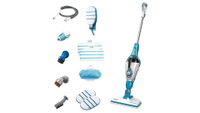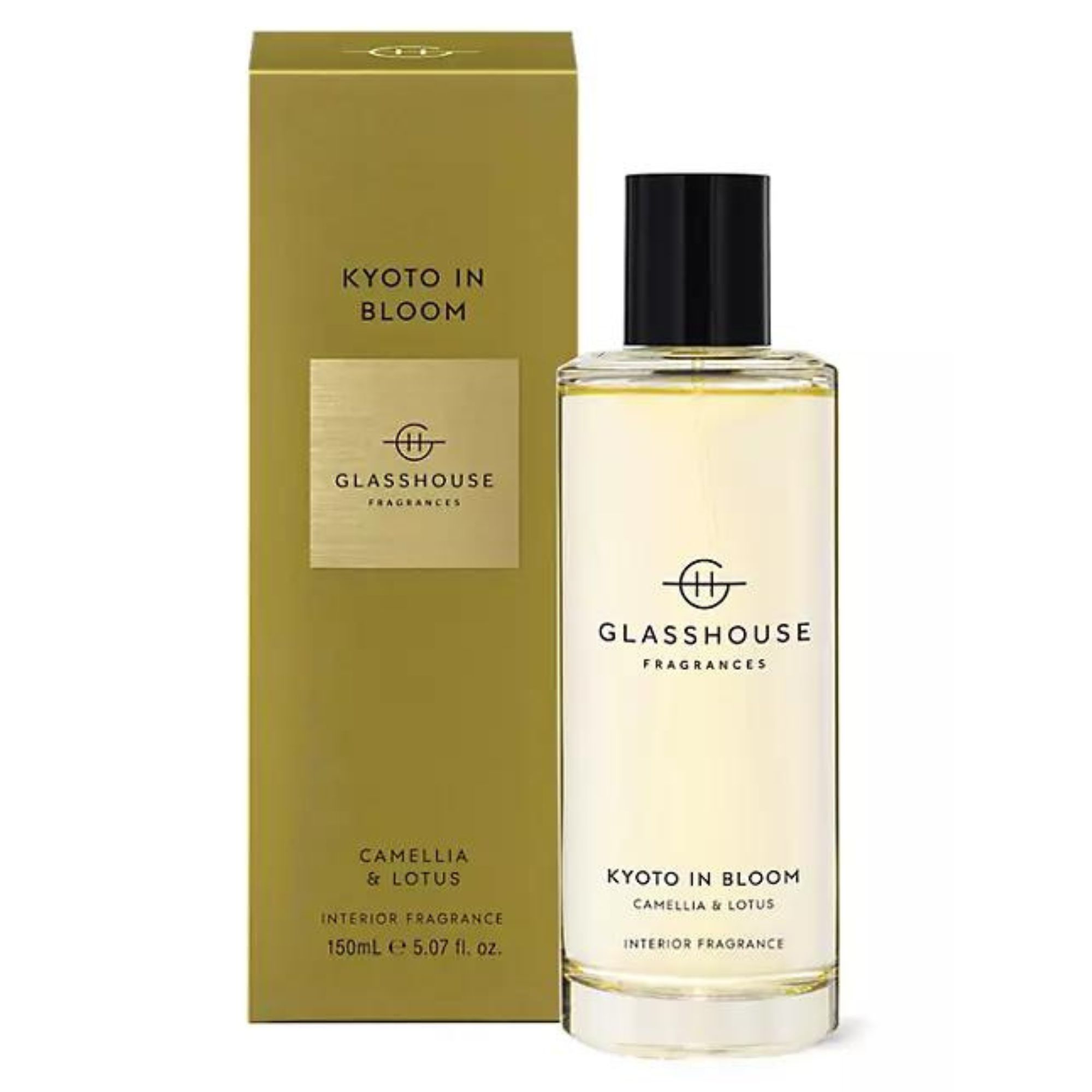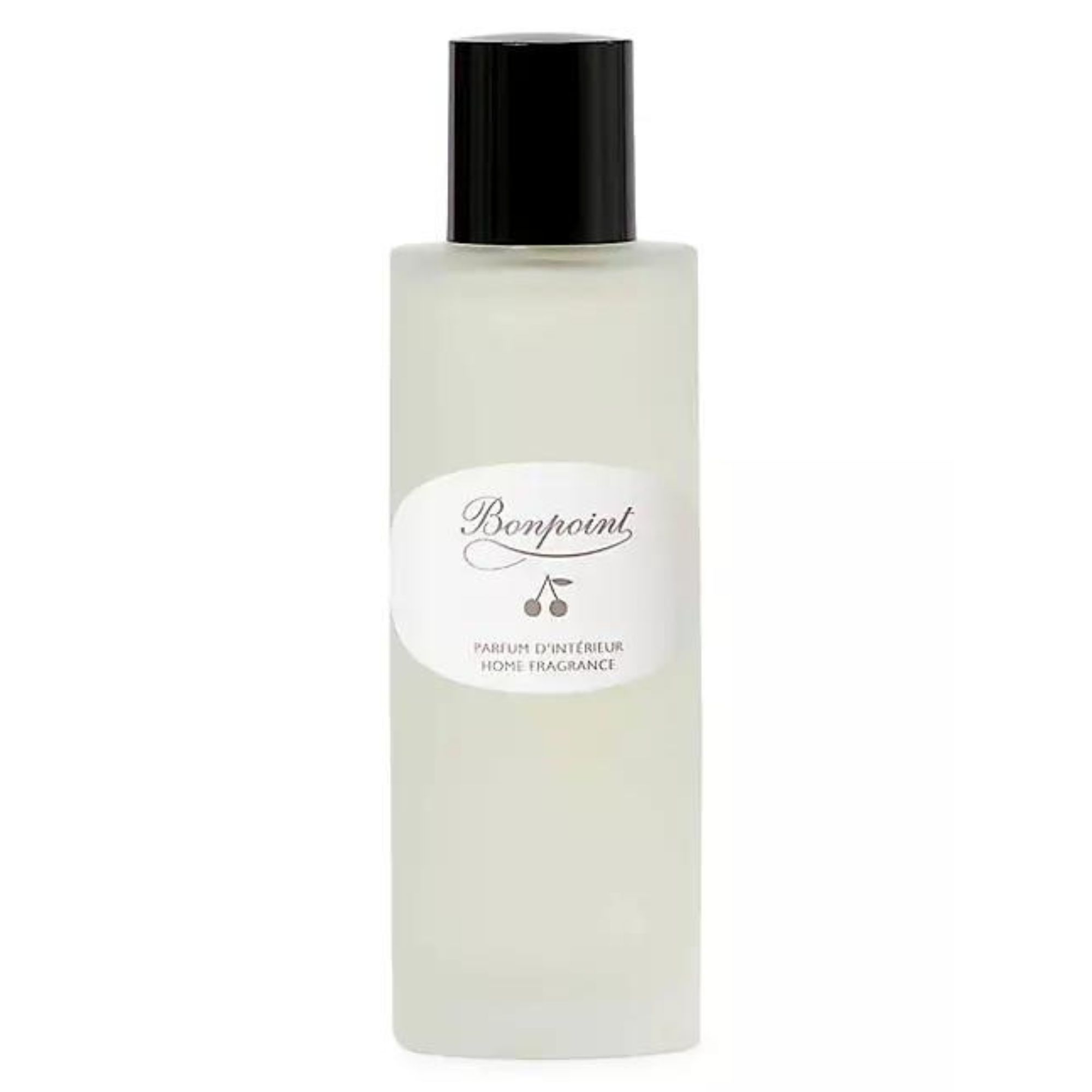How to clean a sofa without a vacuum – 6 alternative methods for a fresh living space
No vacuum? No problem, these professional cleaners say


There is no denying that the easiest way to clean a sofa is to run your vacuum cleaner over it and let suction do all the hard work – but how do you clean a sofa without a vacuum? Say yours is broken, or you don't have one at all.
While cleaning a sofa is not the easiest task to do by hand, there are some alternative approaches that will get rid of dirt, dust, and debris while freshening up the scent that doesn't require high-power suction.
When stuck in a pinch, professional cleaners usually turn to these six cleaning tips first – here’s how they work.
How to clean a sofa without a vacuum
Of course, cleaning a leather couch is far easier to do by hand than cleaning a fabric sofa – but it is still possible to get a semi-efficient clean without tools. This is what to keep in mind

1. Remove debris with a brush
The first thing to try when cleaning upholstery without a vacuum cleaner is to use a dustpan and clean brush to gently flick debris off of the surface, begins Tanu Grewal, Chief Cleaning Officer at Cloralen.
They suggest starting by removing all of the cushions from the sofa, and working from back to front, gathering the debris up and shuffling it into the pan to avoid it going onto the floor. Then you can move onto the cushions, being careful to not apply too much pressure and damage the surface. A softer bristled bush is advisable here.
‘A lint roller may also be helpful during this step (especially if you have pets that shed!),’ they add. ‘A lint roller can help clear away those smaller bits of debris you may not have caught with a broom or brush.’
2. Use a damp cloth to refresh the fabric
If your sofa cover is not removable or machine washable, the next method would be to use a damp cloth and upholstery cleaner to wash couch cushions without damaging them, continues Shaun Veran, microbiologist and COO of OURA:
‘Mix a solution of warm water and gentle dish soap or a specialized upholstery cleaner. Dip a microfiber cloth into the solution, wring it out well, and wipe down the sofa,’ he advises. ‘This can help remove stains and sanitize the surface. I recommend testing any cleaning solution on an inconspicuous area first to avoid damaging the fabric.’
3. Spot treat stains
If you happen to spill anything on your sofa, you should spot-treat the stain immediately to avoid it setting in, adds Tanu Grewal, chief cleaning officer.
‘For any stains and spot cleaning, I typically will use Cloralen Stain Remover, available at Walmart. Of course, make sure to check that these types of cleaners are safe for your fabric type prior to using it. If you’re not sure, try a spot test on a small area (maybe even on the side of the sofa facing the wall, just in case).
‘Dilute the stain remover in water and soak a sponge or clean cloth in the solution. Then, use that sponge or cloth to blot any stains on the sofa. Avoid soaking the fabric, because too much moisture can lead to bacteria growth. Allow the cleaner to sit for a few minutes, then it can be blotted again with just water, and dried with a dry cloth.
‘For stubborn stains or heavily soiled areas, you may need to repeat this process a few times.’
4. Try a steam clean
If you happen to have a steam cleaner, you can steam clean a couch to help break down dust and dirt deposits that they lift away from the surface more easily, Tina Priestly, owner and CEO at Ready, Set, REFRESH, advises. It can also help to ward off musty odors when you can’t clean with baking soda.
‘Think of a steam cleaner as your sofa's spa day – it's like a rejuvenating steam session that lifts away dirt and stains, no suction required,’ she says. ‘Remember, follow your steam cleaner’s manufacturer's instructions to keep your sofa looking fab, not frazzled.’
Black+Decker 7-in-1 Steam-Mop | $199.99 at Amazon
Rated H&G's favorite steam cleaner, I love this for cleaning everything in my home, from tiles and grout to soft furnishings and carpets. There is nothing it can't do.
5. Dislodge dirt by beating
If the weather outside is nice, you can also take your cushions outside and beat the dust out of them, recommends Karen Maguire, professional cleaner and Owner of CleanerMatch. In the absence of suction, this is the next best approach to removing deep-engraved dust and improving allergy symptoms inside, she explains.
‘This old-fashioned technique can make a significant difference in the cleanliness of your sofa .’
6. Opt for linen sprays over baking soda to deodorize
When you don’t have a vacuum, you don’t have the option to sprinkle your sofa with baking soda to remove odors (well, you can, but it will be a nightmare to clean up.)
Besides opening your living room windows to let your upholstery air out, you can also use linen sprays to help remove odors from upholstery and make a home smell nice without any mess. Pair this with other cleaning methods from this list will have your sofa looking and smelling nearly new again – all without a vacuum cleaner.
It is worth noting that while all of these cleaning tricks do help refresh a sofa and keep it hygenic, nothing quite works like the best vacuum cleaner for removing deep dirt and improving your home hygiene – especially if you invest in one with a HEPA filter.
Sign up to the Homes & Gardens newsletter
Design expertise in your inbox – from inspiring decorating ideas and beautiful celebrity homes to practical gardening advice and shopping round-ups.

Chiana has been at Homes & Gardens for two years and is our resident 'queen' of non-toxic living. She spends most of her time producing content for the Solved section of the website, helping readers get the most out of their homes through clever decluttering, cleaning, and tidying tips. She was named one of Fixr's top home improvement journalists in 2024.
-
 How to create an urban oasis in a city courtyard – and escape to a tranquil, sanctuary garden
How to create an urban oasis in a city courtyard – and escape to a tranquil, sanctuary gardenDreaming of an urban oasis? Then step this way...
By Kayleigh Dray
-
 The most organized room in Giada DeLaurentiis' home might not be her kitchen – her closet storage is ultra-sleek (and replicable for under $20)
The most organized room in Giada DeLaurentiis' home might not be her kitchen – her closet storage is ultra-sleek (and replicable for under $20)The chef's closet features slim hangers and floating shelves for a space that is functional, smartly designed, and visually stunning
By Hannah Ziegler



